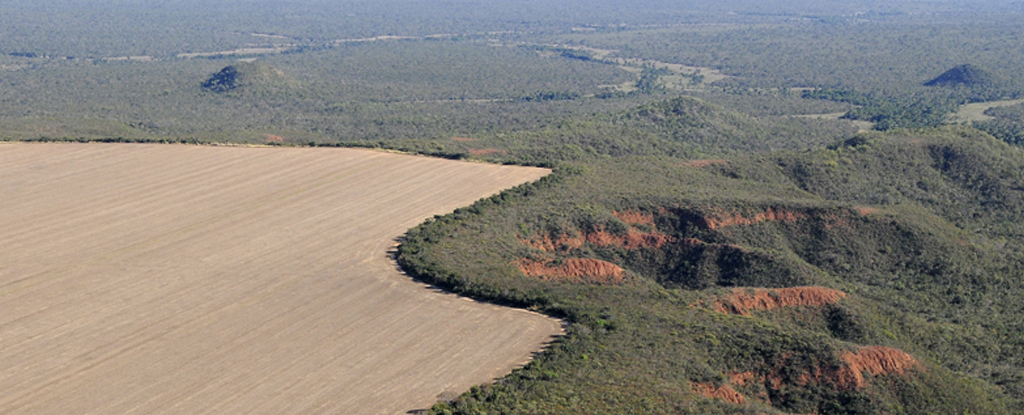Products You May Like
Covering over half of Earth’s land surface, rangelands sustain billions of people. These ecosystems – from deserts and grasslands to shrublands and tundra – produce a bounty of meat, dairy, fiber, and other staple foods. They also play a massive role in Earth’s nutrient, water and carbon cycles.
But up to 50 percent of rangelands are now degraded, a new report from the United Nations (UN) finds, noting previous assessments “significantly [underestimate] the actual loss of rangeland health and productivity.”
Alongside climate change, many other problems are contributing to rangeland demise, mostly stemming from poor land management. These include land clearing, mining, overgrazing depleting soil nutrients, erosion, salinization, and alkalinization – all of which contribute to drought and desertification.
“These are virtually the same drivers contributing to land degradation and land use change occurring across all biomes and ecosystems of the world,” explains biologist Pedro Maria Herrera Calvo, who authored the UN Convention to Combat Desertification (UNCCD) report.
“The paradox is that efforts to increase food security and land productivity have converted millions of hectares of rangelands for crop production, aggravating land degradation processes and resulting in decreasing yields.”
In some regions, conflict and border problems add to rangeland degradation by inhibiting the movement of livestock, leading to further overgrazing. More frequent wildfires are also increasingly a contributing factor.
The Central Asia and Mongolia region is one of the most impacted. Here, one-third of the population relies on herding livestock, with rangelands making up 60 percent of their land.
“As custodian of the largest grasslands in Eurasia, Mongolia has always been cautious in transforming rangelands,” says Mongolia’s environment minister. Bat-Erdene Bat-Ulzii.
“Mongolian traditions are built on the appreciation of resource limits, which defined mobility as a strategy, established shared responsibilities over the land, and set limits in consumption. We hope this report helps focus attention on rangelands and their many enormous values – cultural, environmental, and economic – which cannot be overstated.”
Meanwhile in North America, ancient grasslands, prairies and southern deserts are losing their iconic biodiversity through this degradation.
Many of these regions are poorly understood. A lack of data undermines efforts to sustainably manage the land, the report warns. Only 12 percent of the world’s 80 million square kilometers (500 million square miles) of rangelands are currently protected.
Stopping further degradation will require climate mitigation and cross-border cooperation to implement more sustainable land management practices, the report states. It recommends incorporating indigenous knowledge, as well as local and scientific knowledge into management plans and shifting away from damaging practices like monocultural farming.
“To have any chance of meeting global biodiversity, climate and food security goals,” Joao Campari, leader of the World Wildlife Fund’s food practice team, says, “we simply cannot afford to lose any more of our rangelands, grasslands and savannahs.”
The full UNCCD Global Land Outlook Thematic Report on Rangelands and Pastoralists is available here.
